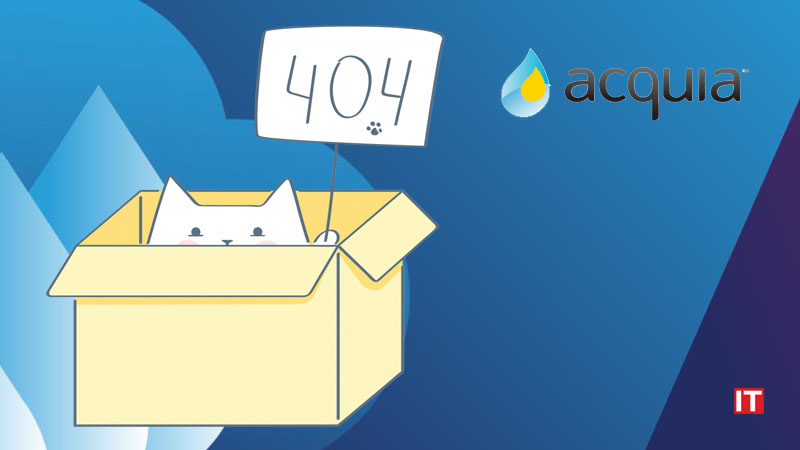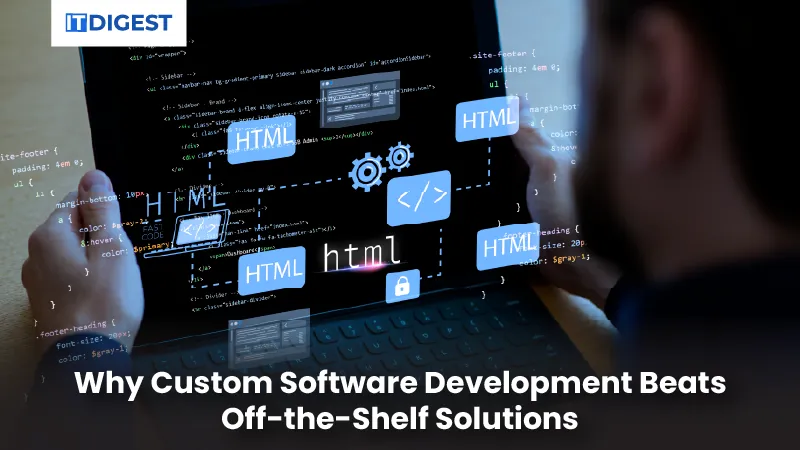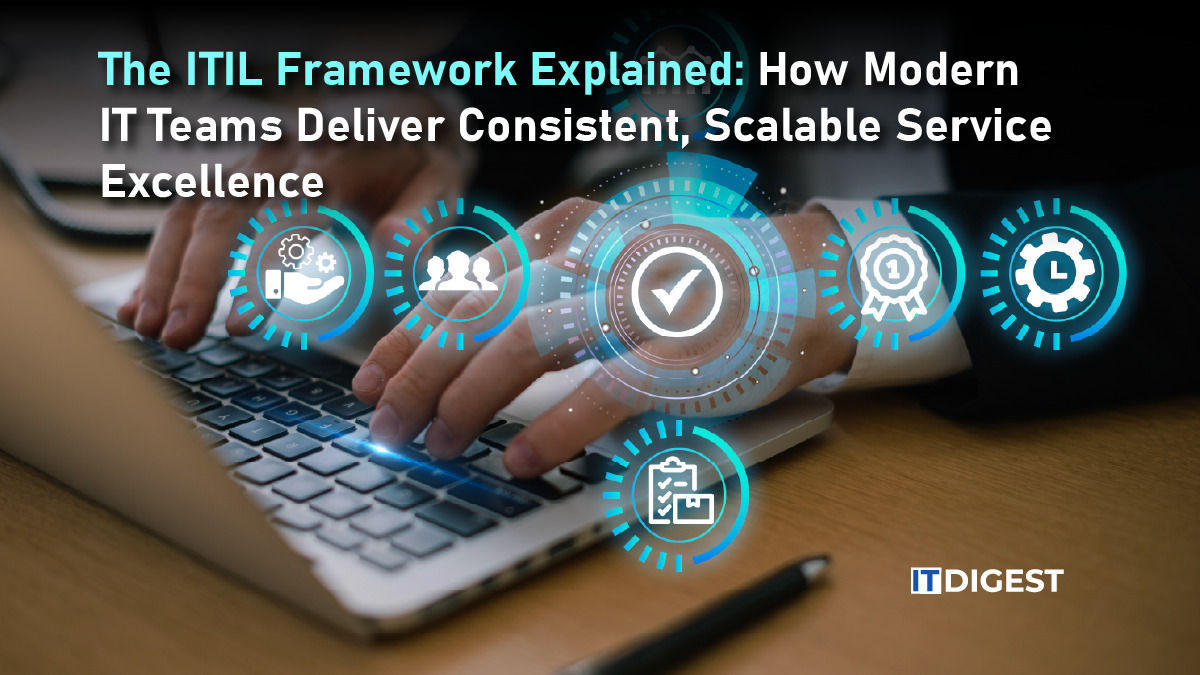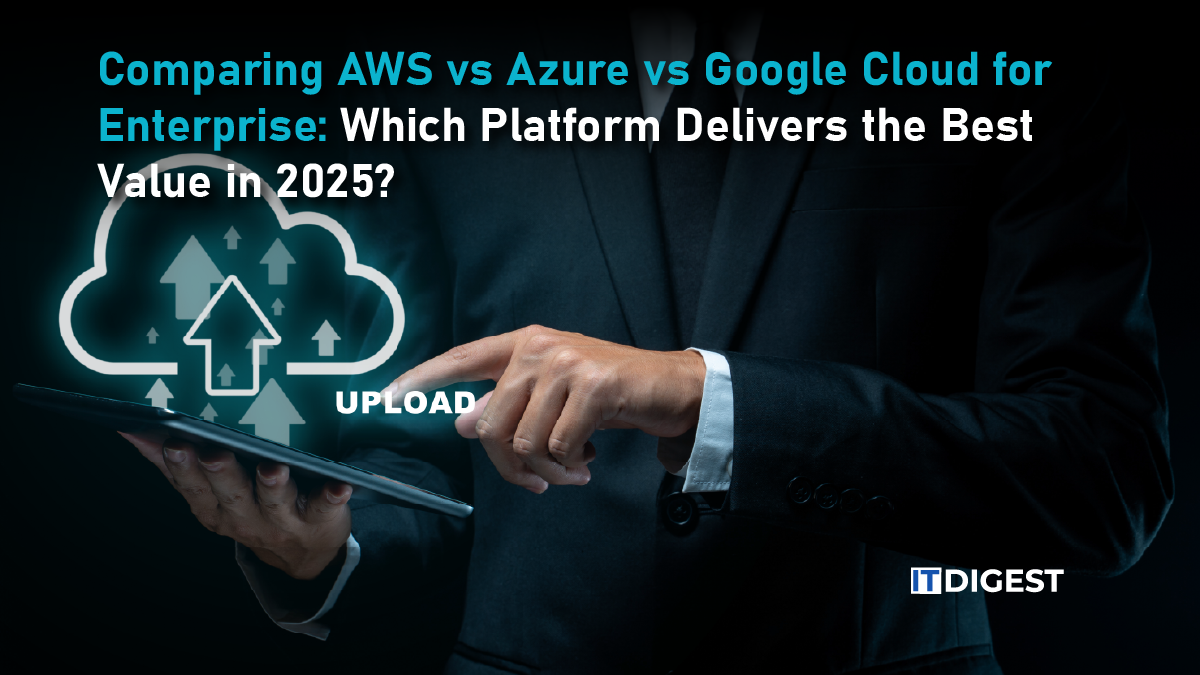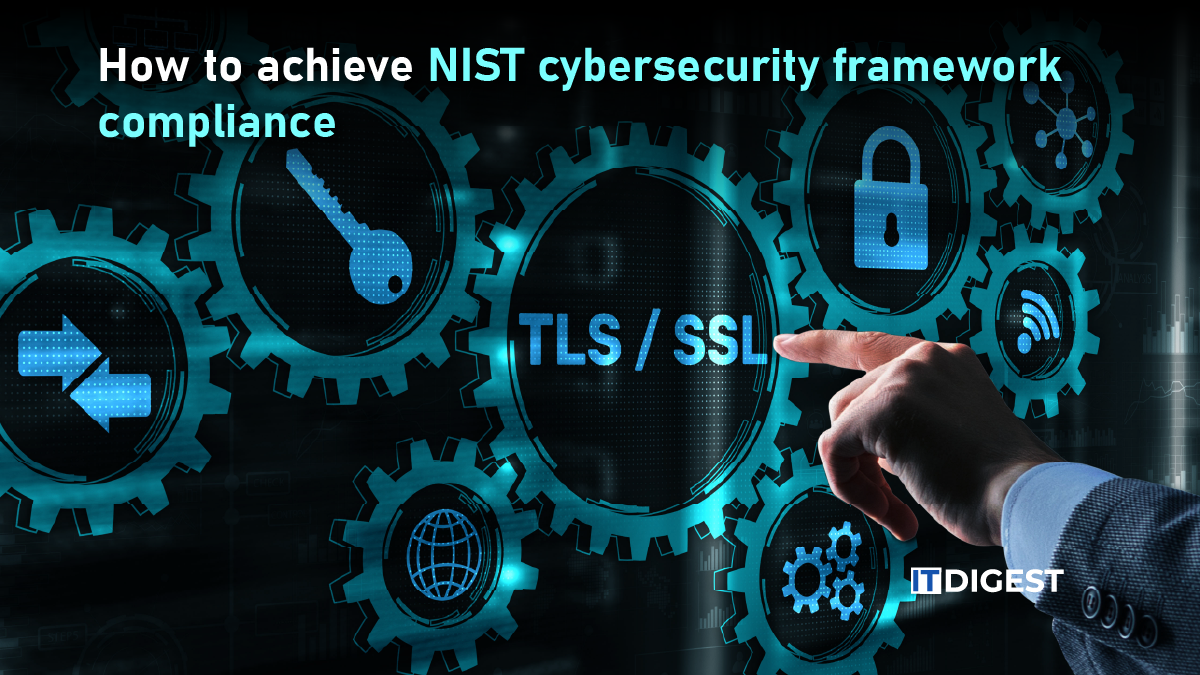This marks a significant milestone in the quantum-computing industry as IBM announced being selected for Stage B of the DARPA Quantum Benchmarking Initiative or QBI.
The initiative, led by the U.S. Defense Advanced Research Projects Agency, aims to determine whether one or more quantum-computing approaches can become industrially useful-meaning that the computational value of the quantum computer exceeds its cost of operation-by as early as 2033.
The selection by IBM is a further signal of its leadership in the field, coupled with the growing maturity of the quantum ecosystem. The announcement mentioned that IBM has publicly laid out its quantum roadmap toward fault-tolerance and that progression to Stage B is “a firm validation of IBM’s approach to delivering a large-scale, fault-tolerant quantum computer,” as Jay Gambetta, Director of IBM Research said.
What this means
Here are a few key take-aways:
The QBI is structured in three stages, including an initial technical concept for a cost-effective, fault-tolerant quantum computer at Stage A, the current call for Stage B, which requests a detailed research-and-development plan, including risk identification and mitigation strategies, and Stage C, which will involve independent verification and validation of hardware.
It means that IBM has now moved into Stage B, and it now must deliver-or at least map out exactly how it will scale quantum hardware and control systems, manage error correction, and drive toward fault-tolerant operation.
The fact that DARPA is running such a benchmarking initiative indicates that the era of simply “demonstrating quantum supremacy” is shifting toward “is there a viable business/industrial case?” and “which architectures can scale and sustain real value at acceptable cost?”
Implications for the quantum-computing industry
This development has wider implications throughout the quantum-computing industry:
1. Validation of serious fault-tolerant quantum computing as the goal
By choosing IBM, along with other companies, into Stage B, DARPA is signalling that the target is fault-tolerant quantum computing, not just noisy intermediate-scale quantum NISQ machines. That pushes the industry toward architectures, error correction, modularity, and control-system scaling that could realistically serve real business applications rather than just research curiosity. It helps refine the market expectations-investors, vendors, and end-users alike must align around a timeline and risk profile for fault-tolerance.
2. Increased scrutiny on scalability, cost-effectiveness and value
For many quantum startups and technology providers, the QBI metric of “computational value exceeds cost” means they will need to show that not only can they build a quantum machine, but they can do so at an acceptable cost structure while delivering a real business benefit. For the industry, this focus might hasten the move from “quantum promise” to “quantum business case.” Some architectures-superconducting, trapped-ion, photonic, spin qubits-will now be compared on scalability, error correction overhead, control electronics, yield, manufacturability, and total cost.
3. Competitive differentiation and consolidation pressure
With DARPA’s benchmarking initiative offering an independent yardstick, quantum companies will increasingly have to differentiate themselves via road map clarity, error correction strategy, systems integration, and ecosystem partnerships. Those unable to demonstrate a plausible path toward fault tolerance might find it difficult to raise funding or find an exit. This may result in the consolidation of the quantum hardware industry, big tech partnering with quantum startups, and stronger alignment of quantum software vendors with hardware roadmaps.
4. Impacts on quantum software, ecosystem and end-user readiness
This news underlines that, for the next few years, businesses operating in the broader quantum ecosystem-whether software developers, quantum-as-a-service providers, algorithm vendors, or system integrators-need to focus on preparing for fault-tolerant quantum computing rather than solving just NISQ-type problems. The outcome could very well be that companies have to invest today in developing algorithms, error-mitigation layers, hybrid classical-quantum workflows, and quantum-ready applications to be ready when hardware catches up with their needs. In other words, quantum computing is about to move more and more from “lab” into pilot deployment within industry verticals.
Also Read: IBM Partners with Four National Quantum Innovation Centres to Advance “Quantum-Centric Supercomputing”
Effects on business operating in this industry
For quantum computing companies-hardware vendors, cloud providers, software houses, and end-users just testing the waters-the IBM news brings mixed tidings of both opportunity and caution.
Hardware vendors and component suppliers: This move also drives demand for advanced control systems, cryogenics, modular quantum processors, interconnects, error correction hardware, and calibration systems. Companies that supply these components can benefit from better prospects, but they will face pressure to scale cost-effectively and prove reliability metrics.
Cloud and Quantum-as-a-Service Providers: As fault-tolerant quantum becomes more viable, cloud providers that integrate quantum access will have to look at more robust service level agreements, hybrid integrations, both classical and quantum workflow, and perhaps new business models, such as subscriptions for quantum, quantum-enabled optimization, and quantum simulation. IBM’s announcement gives assurance to customers and enterprise buyers alike that quantum is moving forward.
Software, algorithm, and application companies: Fault-tolerance would dictate that software/algorithm firms now fine-tune roadmaps toward error-corrected quantum algorithms rather than just NISQ/variational. Industries such as finance, logistics, materials, and drug discovery, which have long hoped for quantum acceleration, need to revisit their quantum strategy: is it ready for the next generation of hardware? Given academic surveys, finance likely will be one of the first beneficiaries of quantum computing once the hardware supports it.
Enterprise end-users: For larger enterprises-for example, in telecom, finance, healthcare, and manufacturing-that monitor quantum computing for future advantage, IBM news is a green light to indicate that progress is tangible. It means the horizon for quantum commercial relevance is shifting from ill-defined “future” to a nearer-term industrial roadmap within this decade. Enterprises should accelerate quantum literacy, organize pilot teams, and partner with quantum vendors now to be ready when hardware reaches commercial viability. On the flip side, enterprises must also calibrate expectations-basically, “fault-tolerant quantum for business” is likely many years away, and will require investment in tooling, workflow integration, and internal skills.
Investors and strategic planners: May view the IBM announcement and DARPA’s firm role in benchmarking as reducing perceived risk in the quantum field, which could result in greater investor confidence in selected companies that show credible paths. On the other hand, given this benchmarking lens, companies with vague roadmaps or limited differentiation may face a tougher funding environment. For strategic planners of quantum companies, the need now is to show credible path-to-utility, not just “qubits up” headlines.
Looking ahead
Later phases of QBI will continue to define the quantum computing landscape. We’re now in Stage B, in which selected companies, including IBM, must present detailed R&D plans. Eventually Stage C will test hardware under independent verification and validation. What that means for the industry is that hardware roadmaps will be under greater public scrutiny, and benchmarks will emerge that measure not just “largest qubit count” but “logical qubit count,” “error-corrected operations per second,” “cost per useful quantum operation,” and “time to solution for real-world use cases.”
For IBM’s customers and partners, this may give them confidence in its quantum roadmap, reinforcing its partnerships both at the hardware and software levels, with the possibility of early commercial offerings of modular, fault-tolerant quantum systems, or hybrid quantum-classical platforms, in the years ahead. For the industry at large, all this speaks to the acceleration of the era of “business readiness” of quantum computing.
In a nutshell, IBM’s move into Stage B in DARPA’s QBI marks more than another quantum-progress checkbox. It is that moment of truth where, for the first time, quantum computing starts being judged not just by scientific novelty but by industrial relevance, cost-effectiveness, and roadmap clarity. Those companies, investors, end-users, and ecosystem partners who realize this shift and prepare for it will likely gain advantages as the quantum era moves from promise to performance.


